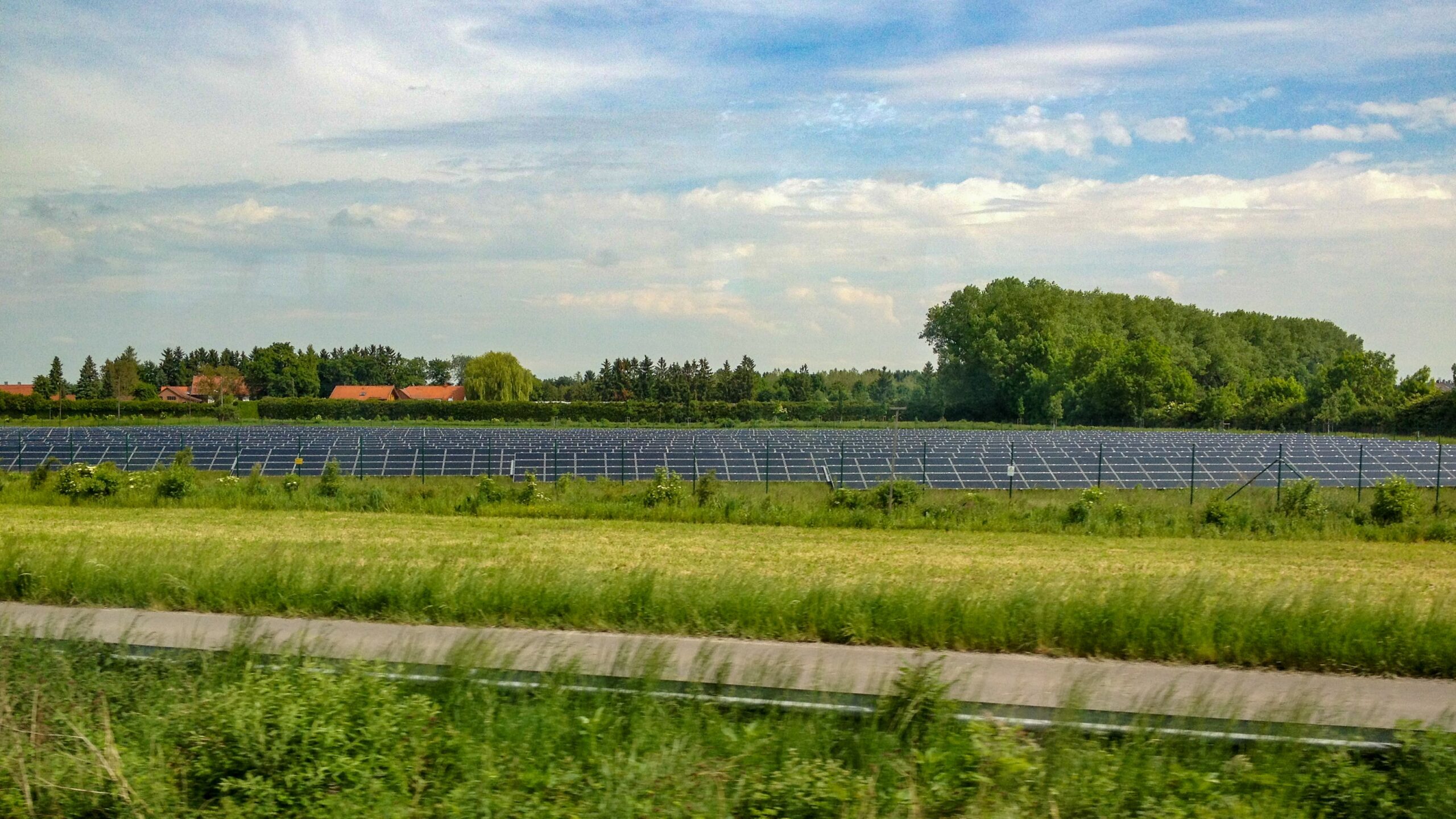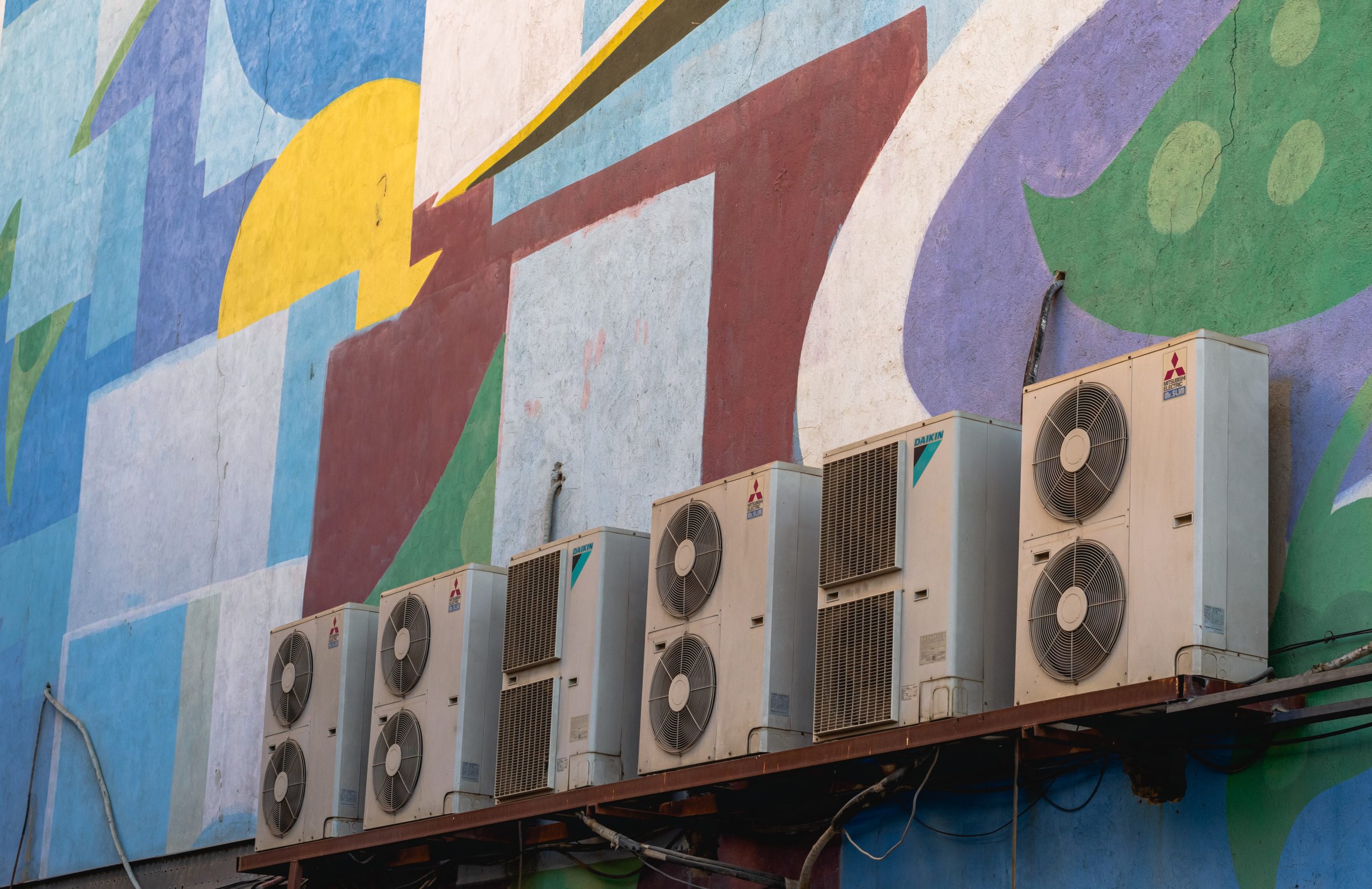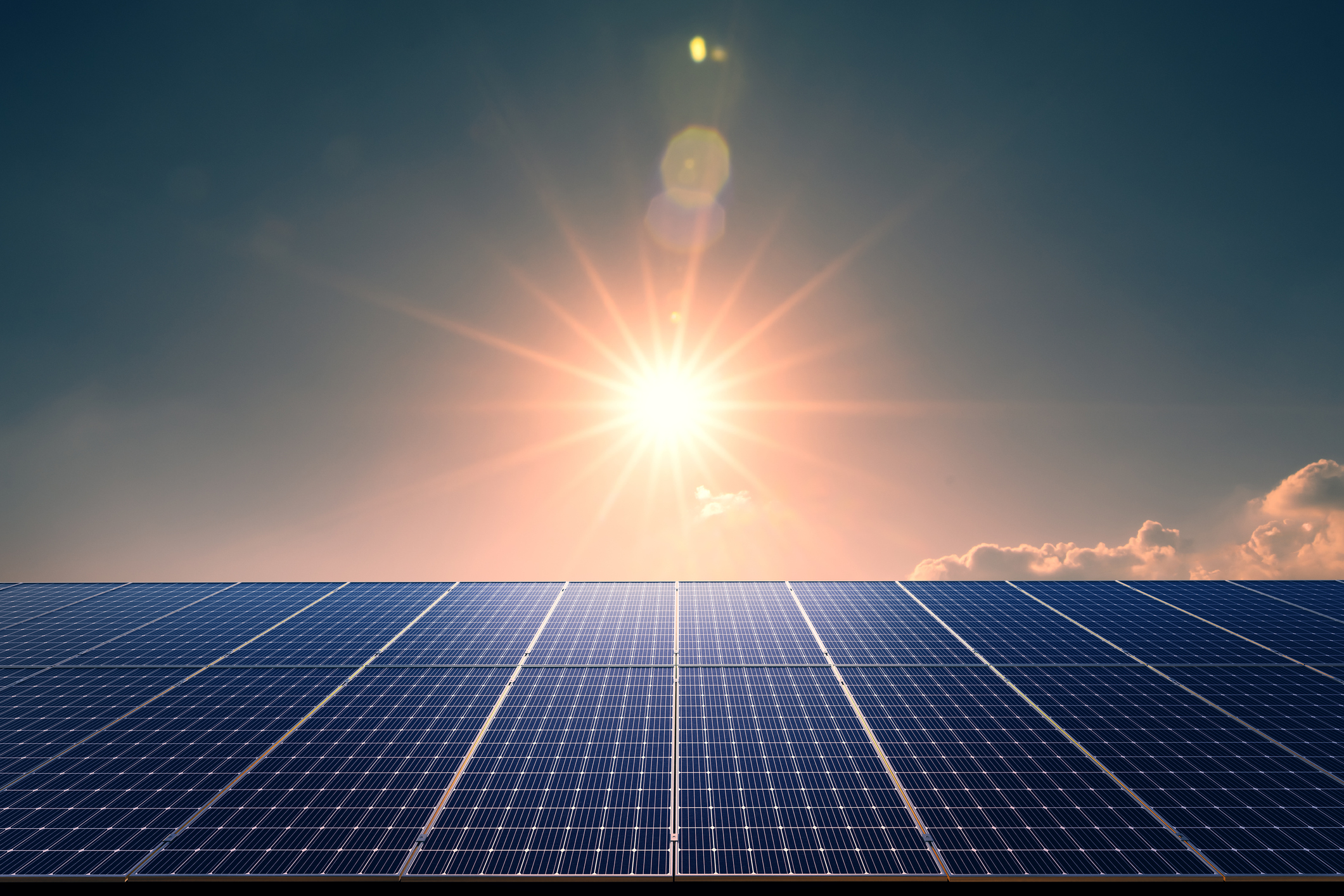Interest in renewable energies continues to rise to meet consumer demand, as 8% of all U.S. homeowners have solar installations with an additional 39% considering it soon. This interest signals a shift in consumer behavior, as customers are opting for energy independence. Fortunately, legislation like the Inflation Reduction Act not only helps expand existing EV charging infrastructure into rural areas but provides valuable tax credits that low-moderate income and underserved communities need to engage in renewable energies. For some rural residents, this means investing in agrovoltaics, a solar solution that helps power farms, while providing valuable community solar assets for enterprising utilities to employ to decrease high energy costs, increase grid resilience, and enhance member satisfaction.
What Are Agrovoltaics?
Agrovoltaics, also called agrivoltaics, involves adding solar panels to agricultural land to generate electricity, improve crop yields, and help farmers increase their revenues. The technology utilizes the large areas of available land on a farm needed to capture the direct sunlight needed to make electricity. Agrovoltaic systems offer a sustainable approach to powering the world without relying on fossil fuels and are attracting interest from farmers and investors who understand that preparing for the future starts now.
Financial Benefits for Farmers & Investors
The United States has about 895.3 million acres of farmland. Unfortunately, the USDA expects farm cash receipts to fall by $23.6 billion (4.6%) between 2022 and 2023. That downward trend will likely continue, creating a long-lasting financial challenge for farmers. Fortunately, agrovoltaics offers a solution that could help members offset those losses through affordable energy that energy providers can use to minimize demand and keep energy costs down for members.
Farms Can Create Their Own Energy
Farms taking advantage of agrovoltaics have the potential to dramatically slash their energy bills. In December 2022, the average American paid $0.165 per kWh of electricity. The actual rates, however, differ considerably by location. A farm in Southern California might pay $0.25 or more per kWh while a farm in the Midwest pays closer to $0.146 per kWh, discounting, of course, the fluctuating time of use rates meant to curtail usage during high periods of demand.
Since energy is an expensive aspect of running a farm, agrovoltaics offer farmers a low-cost alternative that utilizes their natural environment, while offering potential benefits to the greater community. While farm owners will likely still need to pay for some energy beyond what they can generate, this shift toward electric vehicles and other equipment could eventually mean farms with solar panels in their fields can more than break even on their initial investment in agrovoltaics, while providing essential energy to strengthen grid resiliency.
Further Financial Savings
Additionally, agrovoltaics can lower expenses by reducing water usage. The panels block some sunlight, lowering temperatures and evaporation rates, which means farmers don’t need to irrigate their fields as often. One study shows that water-use efficiency improved by 65% when growing cherry tomatoes and 57% when growing jalapeños.
Farms Can Sell Excess Electricity
Agrovoltaics also give farms the option to sell excess electricity to utility companies. A highly efficient agrovoltaic system could generate one megawatt (MW) per five acres. Less efficient systems might need 10 acres to generate the same amount of energy.
The average U.S. farm in 2021 had 445 acres, so agrovoltaics have the potential to create 89 to 55.5 MWs per farm. The amount of money landowners earn selling electricity back to the grid varies significantly by location. Regardless, agrovoltaics become a new source of income that helps farms profit.
Agrovoltaics Improve Crop Production
Agrovoltaic systems coexist with crops. Some crops respond better to argovoltaic systems than others. Blocking direct sunlight creates a cooler environment where plants like spinach and other leafy greens can thrive. Root vegetables also tend to do well under agrovoltaic panels.
Crops that need full sun exposure probably won’t fare as well. That likely means cucumbers, heirloom tomatoes, and corn need fields without panels blocking their sunlight. However, adjusting panel heights could make it possible for farmers to grow a broader range of crops while benefiting from agrovoltaics.
As agrovoltaics improve crop production, farmers can grow and sell more items to increase revenues.
Community Benefits of Agrovoltaics
Communities face severe energy challenges in the coming decades, including a growing need for electricity and more secure infrastructure that adapts to the changing environment. Agrovoltaics can help solve these and other energy challenges.
Growing Renewable Energy Needs
Shifting to a net-zero emission strategy by 2050 means the U.S. will need an estimated 290,000 square kms (about 77,220.5 square miles) of new solar power production just to meet current demands. Of course, transitioning from fossil fuels to renewable energy sources means communities will need more electricity to power their homes and vehicles. Countries must find ways to meet growing electricity needs while farming enough food. As you guessed, agrovoltaics can help meet both of these demands.
A More Resilient Grid
Grid resilience will play a critical role in meeting future energy needs and security. Diverse areas from Puerto Rico to Chanpatia, India are investing in microgrids that can adapt to extreme weather conditions. When a storm or other event damages the community’s infrastructure, microgrids can disconnect from the larger grid network to operate independently. This design protects critical equipment from the stress that could lead to long-term electricity interruption. While some communities might lose power, others will continue generating and distributing electricity.
Grid resilience could also help protect communities from attacks that target infrastructure. With increased risks from cyber attacks and physical attacks, communities need modular grids that can evolve quickly when threats arise.
Microgrids improve grid resilience, but they still need to generate power. Without a reliable way to create energy, the infrastructure will sit unused. Agrovoltaics introduce an opportunity to generate massive amounts of electricity that can power nearby communities even when the larger grid stops functioning.
Challenges to Adopting Agrovoltaics
While agrovoltaics benefits farms and communities in several ways, investors also see several challenges that need addressing. Let’s take a look at a few of the most pressing concerns to a wider spread adoption of agrovoltaic solar.
Initial Costs
The cost of building an agrovoltaic system varies significantly depending on the type of structures used. Pipes for mounting structures can cost anywhere from $6.30 per foot for regular mounts to $23.90 per foot for reinforced mounts. Owners should expect the dual-use photovoltaics needed for agrovoltaic systems to cost $0.07 to $0.80 more than regular photovoltaic systems per WDC (watts-direct current).
Farms and investors have opportunities to recoup the initial costs, but they might not see profits for several years. That reality makes agrovoltaics unacceptable to many potential investors. Fortunately, some government-sponsored programs, including the Foundational Agrivoltaic Research for Megawatt Scale (FARMS) program, already help offset some of the costs needed to build agrovoltaic systems.
The government has an interest in promoting these projects so it can meet net-zero emission standards needed to curb the effects of climate change. The ongoing success of agrovoltaics, however, will likely depend on a combination of government support, technological advances that lower prices, and investors willing to take a risk on an essential part of the future’s electricity grid.
Downtime and Potential Soil Damage
Farmers need to think about how building agrovoltaic systems could interfere with their growing seasons and soil health. Areas that have long winters might find construction timelines more palatable. If a company can build the entire system before seeds go into the ground, more farmers will consider adopting agrovoltaic technology. For many, losing one growing season would mean financial ruin.
Farmers might also worry about soil damage during the construction process. Heavy equipment could compact or erode soil, making it more difficult to grow crops after finishing the agrovoltaic project. Gasoline, oil, and other materials used during construction could also contaminate soil, ruining its farming potential for years or decades.
Overcoming these challenges will require strong evidence that solar installers can build agrovoltaic systems quickly without damaging the land. As farmers see other projects succeed, they will become more interested in the long-term financial benefits of agrovoltaics.
The Future of Agriculture and Electricity
Remember: a diverse energy portfolio is critical for all energy providers, so accessing community assets is integral to the long-term effectiveness of any utility operation. Meeting the world’s agricultural and energy needs will require a significant change in how electricity grids generate, manage, and distribute power. With the right distributed energy resource management system (DERMS), agrovoltaics could play a major role in supporting the ongoing success of farms, communities, and the planet. We’ve only seen the beginning of this technology’s potential. In the decades to come, the typical farm might provide energy by way of food or electricity.






